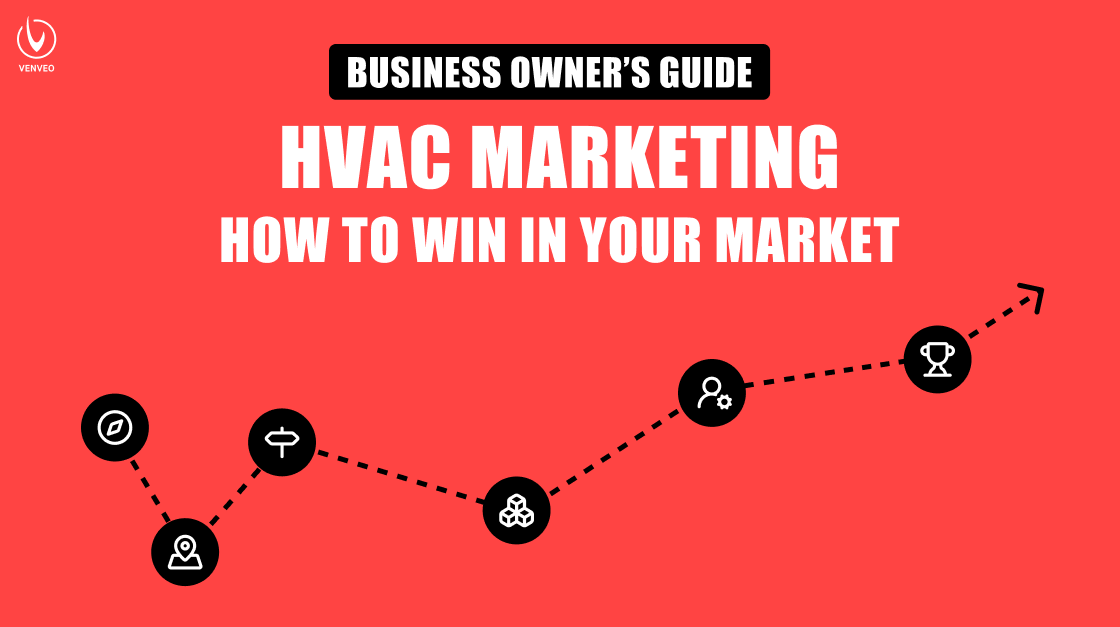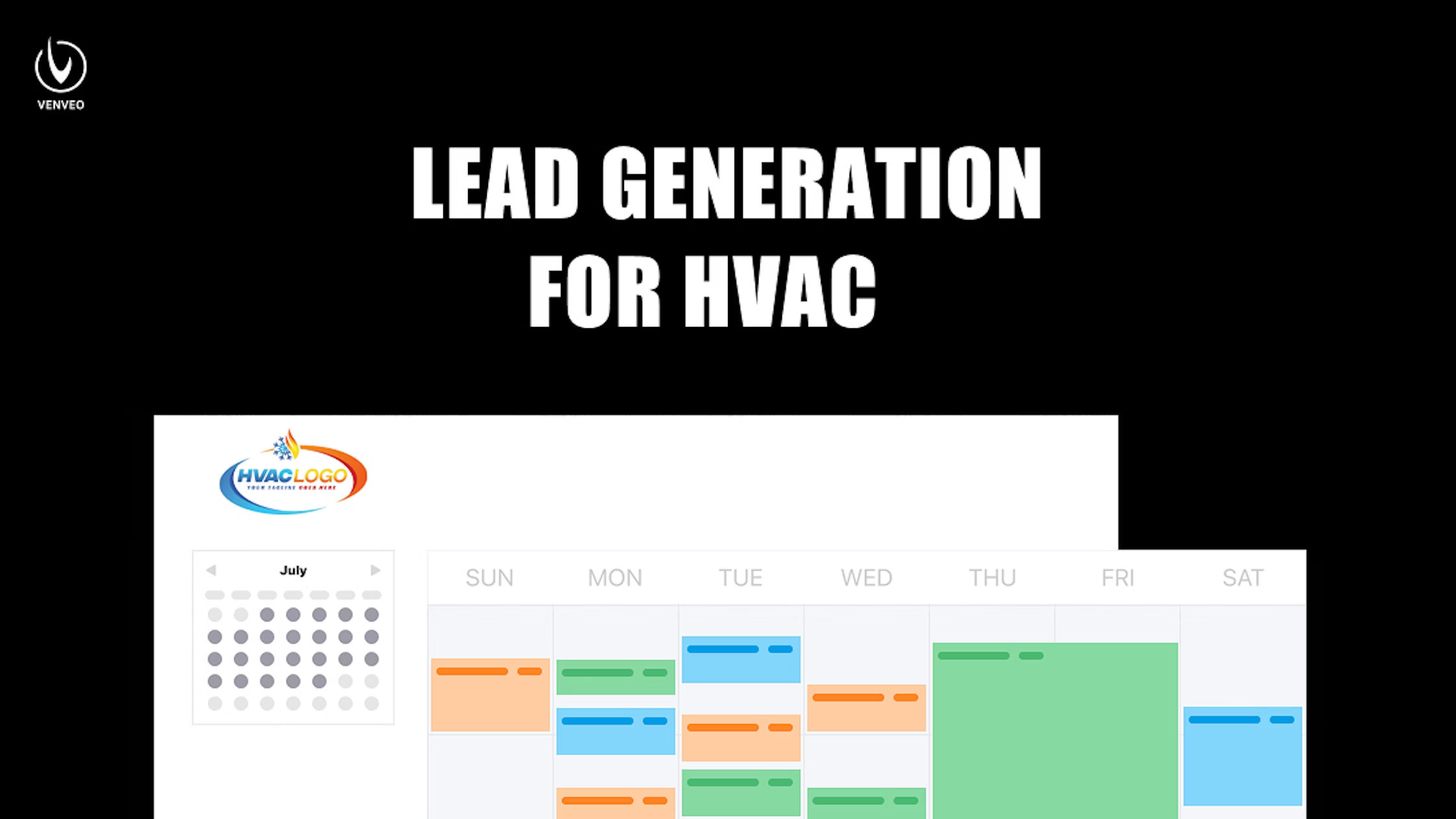A comprehensive SEO strategy includes the following best practices:
- Keyword Research
- Content Marketing
- Local SEO
- Technical SEO
- Link-Building
Link-Baiting Content
1. Keyword Research
The difference between a good construction SEO strategy vs a bad one often comes down to what keywords you're targeting.
Keywords are words that trigger relevant content to be served in search results. Search engines rank search results predominately based on keyword relevance. If you get every other SEO best practice right but don’t get keywords right, your SEO efforts will fail.
Here’s an example of a search query and its keyword(s):
“Affordable pole barn construction companies near me”
The entire phrase is the search query that consists out of individual keywords, but SEO professional often refer the entire query as a "keyword".
This keyword, if your construction company ranks for it, has a high potential for converting Google users into paying customers . These are often called "bottom of the conversion funnel" keywords and are typically more competitive to rank for.
Here’s another example:
“How to build a tiny house DIY”
This keyword offers no immediate conversion as it primarily serves information search intent. Yet, your construction company can rank for keywords that don’t have anything to do with someone choosing your business right then and there for their next construction project. Ranking for content, like how tos, that offer immediate value to the consumer and doesn’t require anything in return builds trust and brand authority with online users. Often we call these keyword "bottom of the conversion funnel" keywords.
A well balanced construction SEO strategy will include both top of the funnel and bottom of the funnel keywords that your company can rank for quickly and in the longer term.
There are several tools available to help you conduct keyword research. Some of the most popular are:
Explore each of these keyword tools and compare their results against one another so that you can be sure that you’re choosing the best keywords for your construction company’s content.
Keep in mind that not all keywords are created equal. When choosing keywords to create content around, make sure they have the following characteristics:
- High search volume
- Low search competition
- Low bidding cost
- Relevant to your construction business’s expertise
- Product and/or service specific to what your company offers
Sometimes, a keyword with high search volume that’s related to your construction company’s expertise and offerings will also have high search competition and be expensive to bid on. In these cases, it’s important to be clear on your SEO strategy’s budget.
Additionally, if the keywords you want your content to rank for are expensive and have high search competition, consider if the content is likely to earn your construction company more business. Content with strong and sales related CTAs may be worth the expensive and high competition keywords if the content will end up paying for itself.
Content and keywords that are attached to the bottom of your construction company’s sales funnel will have more competition and be more expensive to bid on than keywords at the top of your sales funnel.
It’s important to work towards ranking for top-of-funnel and bottom-of-funnel keywords as both are important for your construction company’s growth and success. Keeping the top of the funnel full will help keep the bottom of the funnel full.
2. Content Marketing
Content marketing is how you get your construction company to rank for relevant keywords. Content marketing can be:
- blog articles
- videos
- podcasts
- news and press releases
- infographics
- online courses
- webinars
web pages and more
Anything that your construction company posts online can be used for content marketing purposes and can potentially rank for relevant keywords.
When developing content for your construction company, it’s important to understand search intent. Search intent is about deciphering the intent of the user when they type a query into a search bar.
There are two main buckets for search intent:
- information intent
commercial intent
A few other search intent subcategories are:
- I want to know
- I want to buy
- I want to go
- I want to watch/read/listen
Create content for your construction company that offers value for these different search intentions. Keeping search intent in mind will help inform content CTAs, tone of voice and audience commitment and interest.
Top-of-funnel content is normally informational and in the “I want to know” and “I want to watch/read/listen” categories. Bottom-of-funnel content is “I want to buy” or “I want to go.” Often content can serve several search intents. For example, an article about your construction services can attract both potential customers or just readers who want to learn more about the details of a construction business. to get higher rankings, you can write an article that serves both audiences at the same time.
3. Local SEO
As mentioned previously, local SEO strategies get your construction company to show up on the map and in Google’s Local Pack.
While every organic SEO strategy will help your construction company’s local SEO, focusing on your business’s GBP will be most helpful to its local SEO.
A complete and competitive GBP will include:
4. Technical SEO
Technical SEO is all about your construction company’s website’s crawlability. Crawlability refers to how easily search engines can read and index your business’s website pages.
Technical SEO is crucial to ranking highly in search results. Even if your website has impeccable and valuable content, if search engines can’t crawl and understand it, it won’t get served in search results.
Here are the key components to effective technical SEO:
- meta descriptions for images and headers
- website specific SEO
- fast page load times
- mobile-friendly design and optimization
backend keyword input
Only certain technical SEO elements will be apparent to your website’s visitors (like page loading speed and mobile optimization). However, like every digital marketing strategy, it’s important to please human browsers as well as search engine algorithms to rank highly in search results.
5. Link-Building
Link-building is a method designed to get other websites in your industry to link to back to your website in their content.
Link-building in the construction industry is a long-term SEO strategy. As your construction company grows in influence and industry authority, more companies and websites will link back to your content to boost their own reputation.
Because link-building takes time and consistent effort in all sectors of digital marketing, some marketers cut corners and engage in unethical SEO and link-building practices.
Strategies like content farming, paid links and keyword stuffing are not only penalized by search engine algorithms, but they also cheapen your brand’s reputation to online users.
Building links with reputable businesses takes consistent effort over time and there’s no way around it. When linking to other websites’ content, make sure they use ethical SEO practices before you link.
6. Link-Baiting Content
Link-baiting content is content that’s specifically designed to get as many backlinks and shares as possible.
For the construction industry, a link-bait piece of content could be an infographic that explains different types of construction materials, like lumber and what kinds of wood and various sizes are best used for.
This kind of infographic is universally helpful and valuable across the industry and other construction companies can link to it for their audience instead of creating their own.
Link-bait content helps to generate backlinks to your construction company’s website and content and boosts your construction company’s SEO value.






